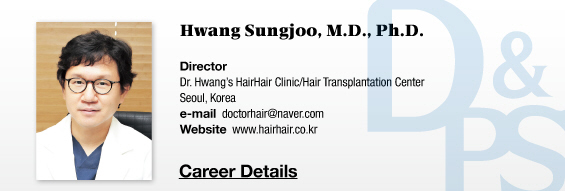Hair transplantation is not just transplanting hair from donor site to the hair loss site. Hairline correction without considering aesthetic aspect is meaningless even if the survival rate is high and other side effects could be prevented. Natural hairline cannot be stressed enough because frontal hair is the first to be noticed by others and by the patient themselves when they see in the mirror. Some patients made same hairline for every patient, which is not preferable. All patients have different natural hairline as they all have different faces. Hairline correction, therefore, is the most artistic and technical area in hair transplantation. When generating hairline, individual patient’s characteristics, such as age, facial form, area of hair loss, density of the donor site and the number of hair strands to be transplanted, previous hairline before hair loss was developed, patient’s request and expectation, should be considered as well. This chapter will discuss about how to make hairline fast and easily based on different patient characteristics.
[Ad. ▶Ultra Skin/Pastelle - Manufacturer: WONTECH(www.wtlaser.com)]
Patient Characteristics to be Considered When Making Hairline
1. Age
Male patients before adolescence tend to have round corners at both ends, which increasingly becomes M-shaped or receded with age. Middle-aged male patients may look more natural with slightly receded or M-shaped hairline. Patients in their 20s often bring their pictures taken before the hair loss was developed and requests to make the hairline as low as shown in the picture, which is not advisable. Low Hairline that looks natural for younger people may look unnatural when the patient grows older. It would be wise to explain this process to young patients and to recommend a hairline that may look natural for people who are going from youth to older age.
2. Hair loss area
The number of hair strands in the donor site is limited. If the hair loss area is wide, the hairline can be lifted to allow more transplantation to the crown of the head. It is recommended, therefore, to lift the highline as high as possible if the hair loss is severe. Typical men have various hairlines from straight line to U-shape, M-shape and circular shape; considering that male pattern hair loss will continue in the future and the number of hair strands at the donor site is limited, it is often more preferable to lift the hairline slightly higher than normal. It is impossible to predict the degree of the patient’s hair loss in the future. The only practical method of predicting hair loss is considering the patient’s family history, patient’s age, and current degree of development.
3. Donor site density and the number of hair strands to be transplanted
If the donor site has small number of hair strands, the hairline needs to be higher so that the wide hair loss area could be covered by small number of hair strands. In this case, anterior forelock is preferred in the Western countries; however, this style is not suitable in Koreans and parting the hair with high hairline is more effective.
4. Previous hair line
Slightly higher hairline is more natural with age. Hairlines are generally raised by 1-2cm from the previous hairline, therefore. If the patient’s previous hairline was too low before hair loss, they tend to want lower hairline than what is adequate, and patients who previously had high hairline tend to request higher hairline than the recommended level. It would be wise to follow the patient’s request within a reasonable range, although the patient would have to be persuaded if his/her request is too high or too low.
Some patients accompany temporal peak hair loss as the male pattern hair loss progresses; in this case, the width of the forehead may become too wide as a result. The hairline should be lifted in relation to the wide of the forehead so that the forehead would not look too narrow.
5. Facial form and forehead shape
Hairlines in Korean people are different from those in Western people; the former generally has round-shaped head while the latter has oval shape (Figure 1).
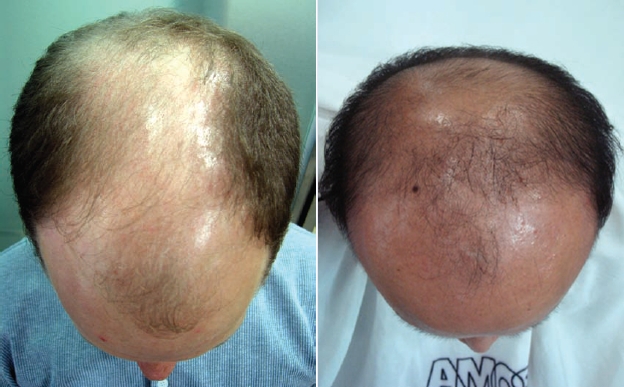
Figure 1. Western people generally have oval-shaped head, while Koreans have round-shaped head.
The hairline would look unnatural if it was made based on the standard described in textbooks published in Western countries. Most male patients in Western countries prefer hairline with recessed corners or slightly pointy hairline, while male patients in Korea prefer wide, gentle and flat hairline (Figure 2).
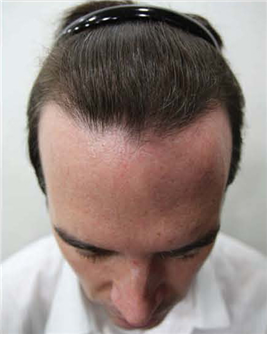

Figure 2. Western people generally have recessed corners for normal hairline, while Korean people have wide, gentle and flat hairline.
6. Patient’s request
The most common mistake made by less experienced doctors is to make the hairline round as per the patient’s request. Patients may actively participate in the selection of hairline design and location, but the hairline stays permanently once determined. Doctors may refer to what patients request but should make the final decision based on their knowledge and experience. Body dysmorphic disorder may be suspected if a patients insists a very awkward hairline.
Easy and Quick Method of Making a Hairline
When making a hairline, I use a relatively simple method. Based on my personal experience and the Rule of Third, I measure the length from the tip of the nose to the glabella, apply the same length from the glabella to make hairline, and then mark a point slightly higher than the line (Figure 3).

Figure 3. The middle point is marked slightly higher than the Rule of Third.
I prefer the space enough to fit in 4 of my fingers; the length differs in relation to the head size but the mean length from the glabella to the hair line is between 6.5cm to 8.5cm. From the middle point, draw a slight M shape or horizontal line from the operator’s viewpoint (Figure 4).

Figure 4. Draw a slight M shape or horizontal line.
Then the level of hairline should be discussed with the patient. Patients would often want to lower the both corners of M shape to a horizontal or circular line. They feel such way because of the angle they see in the mirror; they would realize that the M shape is not as unnatural as they feel if they see their face in the mirror while resting the head to the back (Figure 5).

Figure 5. Patients will realize the M shape is not as unnatural as they feel if they see the face in the mirror while resting the head to the back.
After selecting natural level and shape, draw a zigzag line along the hairline for a more natural look (Figure 6).

Figure 6. Draw a zigzag line for a more natural hairline.
Patients often complain that the zigzag line looks awkward, but straight hairline results in more unnatural outcomes compared to zigzag hairline. The line looks horizontal at the front but the forehead line and the hairline appear parallel to each other when the patient looks down, which makes natural hairline regardless of whether the head is round, oval or others (Figure 7).
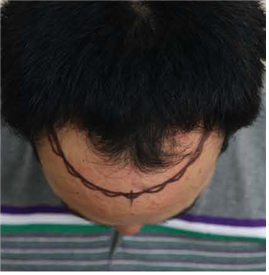
Figure 7. Forehead line and the hairline appearing parallel to each other make a natural hairline.
Single hair follicular unit should be transplanted for a more natural result, because 2-, 3-hair follicular units may look unnatural (Figure 8).
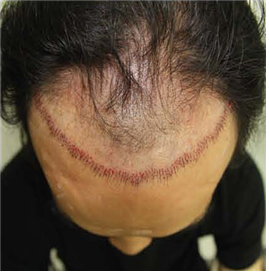
Figure 8. Single hair follicular unit should be transplanted for a more natural result..
- To be continued -
▶ Previous Artlcle : #3.Consultation Process for Hair Transplantation
▶ Next Artlcle : #5. Complications after Hair Transplantation and the Prevention













